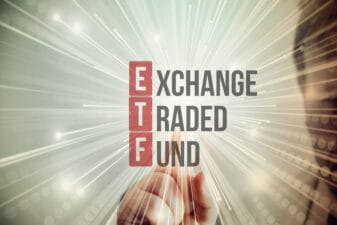Oftentimes, new investors wonder about why people use limit orders. Most individual investors new to the market will tend to accept what is being offered instead of setting a price for themselves.
It is critical to understand the importance of each type of order.
First, the most typical order used by new investors is the market order. When a market order is entered, the buyer (or the seller) will obtain (or sell) shares at the next price available. The advantage to entering this type of order is that the investor will have their order filled almost immediately on the condition that the stock market is open for business.
The second type of order used by investors is the limit order. The purpose of using a limit order is to be able to choose the price one wants to pay when purchasing or selling shares. As an example, let’s say a stock is trading at $25.50 per share, and an investor is only willing to pay $25.01 per share; the order would be entered at a price of $25.01. The benefit of entering an order at a price substantially less than the market price is so an investor interested in purchasing shares (but at a lower price) will receive the shares should the price decline substantially enough.
The challenge faced by investors is that sometimes the shares they wish to purchase do not decline substantially enough and the shares are never bought. There is a trade-off to using either a market or a limit order every time.
When considering smaller vs. larger companies, investors can sometimes get surprised when entering a market order. As most investors will begin investing with large-cap companies, the availability of buyers and sellers is typically not an issue. Taking shares of Royal Bank of Canada (TSX:RY)(NYSE:RY) as an example, the average volume (shares traded per day) is almost 3.5 million. Investors do not need to worry about the liquidity of the stock when investing in very big companies. If shares were priced at $95.25, there would be buyers lined up at a price of $95.24 and sellers lined up at a price of $95.26. This is considered a high liquidity stock.
Liquidity can be a problem when an investor buys into a small company. Taking shares of Morneau Shepell Inc. (TSX:MSI) as an example, the company, which carries a market capitalization in excess of $1.1 billion, has an average volume of no more than 43,000 shares per day. At a price close to $21 per share, that’s a total of only about $900,000 of shares traded every day. This is a case where investors need to be using a limit order.
When trading securities with less volume, investors are at risk of entering a market order and receiving the next available price, which is sometimes more than five or 10 cents above or below where the last trade may have happened. Only after the trade is complete will an investor be surprised as to just how much they paid to acquire the shares, or just how little they received when selling their shares.
As always, it’s best to be diligent when investing.








